
12 Jan Where and who am I in the art world? – my summary ARD -549
The Critical Thinking module(ARD-549) asked the question: Where do we – students, do academic art education? What is our perception of art and economy? In what direction should we go? Several important aspects were given that should be addressed when looking for an answer to the question raised. We were also asked to give an example of an artist who we consider as a role model. Questions asked touched on subjects like perspectives for contemporary art, about its limits in the context of ethical behavior, about its development and evolution in times of universal globalization or technological progress.
Where is contemporary art heading? Can everyone be an artist at this time? Do you need creativity, talent, and artistic awareness, or all you need is an idea and execution of it and the possibility of transmitting it to the world through new media like internet?
What kind of artist am I? What kind of photographer am I? What do I want to leave behind? Such questions popped up in my head. When I applied for a place at Glyndwr University, I had my works to show, which defined what I did and what interested me. The first, second, and third-semester assignments completely disrupted my artistic vision and presentation of the world. It seemed to me that the assignments for the modules made me more and more distant from what really interests me, from my sensitivity, and where I can appear in the world of art. But I guess I was wrong because this was the way that really made me understand what I wanted to do. All these tasks allowed me to see myself from a distance. From the observer’s point of view. From the point of view: who does the camera see? No sound, only image. Who is Beata Skorek?
Then the question arose in the first ARD 549 class: Where is art education going? What is it`s future?
The topic was divided into three sectors of ar education methods so far.
Method A:
The Academic Approach, which is one of the oldest teaching methods based on priorities such as talent, technique, imitation, and artists, was educated under the guidance of a master of the chosen discipline. The method was perfected by imitating the master. Of course, talent in a given direction of creation was one of the factors of admission to the academy to the master’s studio.
Method B:
Bauhaus– The Bauhaus’s basic principles constitute that
the functionality is based not only on mechanical but also psychological premises.
They discovered that organized space influences how people act and think, hence the importance of an architect’s social role. Architecture also regulates the relationship between landscape, nature, technology, and man. The design should take into account biology, sociology, psychology, and ergonomics.
The value of modern architecture depends only on people.
Design is both a science and an art. As a science, it uses sociology and other human sciences methodology, determines functional goals, and applies mathematical methods – as an artistic field. It introduces a formal idea and art, i.e., challenging elements to define (there are no prescriptions for creating art).
Method C:
Contemporary – It focuses mainly on attitude, practice, and deconstruction
In my personal opinion, I hardly agree with this method, I do agree that practice is be essential to achieve anything.
In the end, there is also another method
D: The Future
It is constructed from the questions that need to be turned into personal priorities and practices. A perfect symbiosis of all three methods crafted to fit everyone, The Future of Art Education.
The Academy of the Future should respect talents. The academic teacher should (e.g. through constructive criticism) encourage the pursuit of mastery and excellence through work and practice on skills, as well as the deepening of knowledge through constant research. In this way, people will be free to develop and create. Whether or not the time spent in the academy will be used depends entirely on us. This will be verified by the market or the client. It may turn out that many creators will stay in the development phase only for themselves. I don’t think we need to be afraid of this. If it makes us happy and helps in life, why not?
Art sensitizes both the creator and the viewer. Therefore, artists bear great responsibility for what they show in their works. I would like my works to sensitize the viewer to the surrounding world and bring beauty and harmony to their life. I understand that art, especially contemporary art, is not just a form and there is a greater interpretation behind it that requires a cultural, biographical or social factor to understand, but I think that the area of art in which I intend to pursue is equally important, as it is inclusive, just like the nature is, it still can be a commentary on any of the above issues.
Looking at the art of the future, through the prism of issues in the field of ethics, economics, and new technologies discussed in the classes, it can be said that each artists open up many areas and opportunities to implement in their projects. Anyone should go ahead and use new technologies as tools. New technologies, AI are and will be present in our lives. Learn to use them wisely. Considering the ethical and moral aspects, I believe that you should be careful when expressing your own opinions, however, we should be able to express them, to provoke or engage a deeper thought, not to simply offend or cause outrage.
In the times of globalization and the ubiquitous Internet, information or images can quickly travel around the world and reach a huge number of recipients. Artists should be considering this when expressing their ideas through art or through opinions about other artistic works (and not only). Using power of Internet wisley, anyone should think about the impact of the cultural and environmental aspects and differences. I think that you should not publish random events or images too quickly and rashly on social media, because we can easily become a mindless tool of social engineering manipulators. It is easy to hurt someone with words, especially when sitting in front of a computer monitor, and I believe there should be more focus on lifting others rather than putting them down with words or actions. .
When I contemplated the answer for the question about the art education Neri Oxman came to my mind, as she is a perfect example of curious artist of the future, an accomplished architect, professor at MIT( Massachusetts Institute of Technology Media Lab, Cambridge, Massachusetts, USA).
.Neri Oxman is an extraordinary figure who, out of a great love and respect for mother nature, combined art with science and knowledge. She creates new ecological materials, drawing from Nature’s engineering and merging it with new technologies. Full harmony in the work of this woman is close to my philosophy.
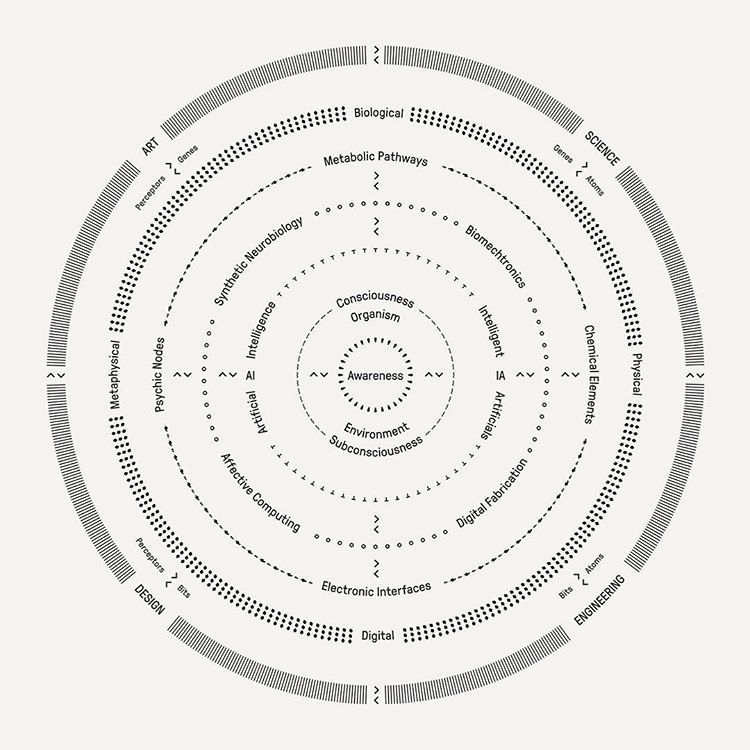
But I still couldn’t find a place for myself in this example.
The question all the time was: what is this common factor that unites us? What does she have to do with me? Where I am in all of this?
While preparing for the assignment, I looked at all the previous works from a different perspective. I thought then that my earlier work was too banal, that something more ambitious was expected of an artist. Contemporary art is more than usual nowadays, a manifesto against power, stereotypes, cultural and social limitations. It also expresses the pain of existence, helplessness, illness, but it happens that it expresses absolutely nothing. Art can provide fame and promotion made by scandal and shock. This is probably one of the worst paths followed by so-called artistry. Art should carry a message, a story that moves the viewer, and not only show the beauty of Nature. There was a fear of judging me as an artist and a kind of confusion in the subject of my work. I was afraid that my work could be misinterpreted, that someone would think or say “what is she doing here?” I was afraid of criticism, I was afraid of failure. When we allow ourselves to be afraid of our own fears, they cause us to stand still. We are not developing. We stop understanding what we want to show.
The Position Statement helped me in finding the answer. With these simple boxes, the answer was almost immediate. This in-depth analysis using the Position Statement Chart helped me find what I liked, what always interested me, what pleased me and fascinated me, what I wanted to keep in the frame. I love nature, I love traveling. In art, I value mastery, craftsmanship, and artistic perfection. Nature is one of the biggest masters to me. The structure of leaves and flowers. Fractals and sacred geometry are amazing masterpieces created with engineering precision. I want to show it in my works.

We are part of Nature. It is Mother Nature, Mother Earth, God (let’s call it whatever we want) is our greatest and most important inspiration. It is the beauty of nature in the light of the morning during all the seasons that make us vulnerable and makes us want to get up and create. It is the beauty of the forest, garden, mountain peaks, the shore full of foaming sea waves that makes the painter grab a brush, a sculptor with a chisel, a photographer, and Neri Oxman listens to it, it shows her how to create new technologies that will be in harmony and respect for other children this land. So Nature is also the strongest contributor to my creation, I want to continue to portray it. I’m sure my job is not going to be trivial. We express ourselves through impulses that directly affect our lives. We are one great powerful consciousness, mutually permeating. I want to transfer Mother Nature’s portraits to this universal consciousness that can be an impulse or inspiration for a young scientist or artist.

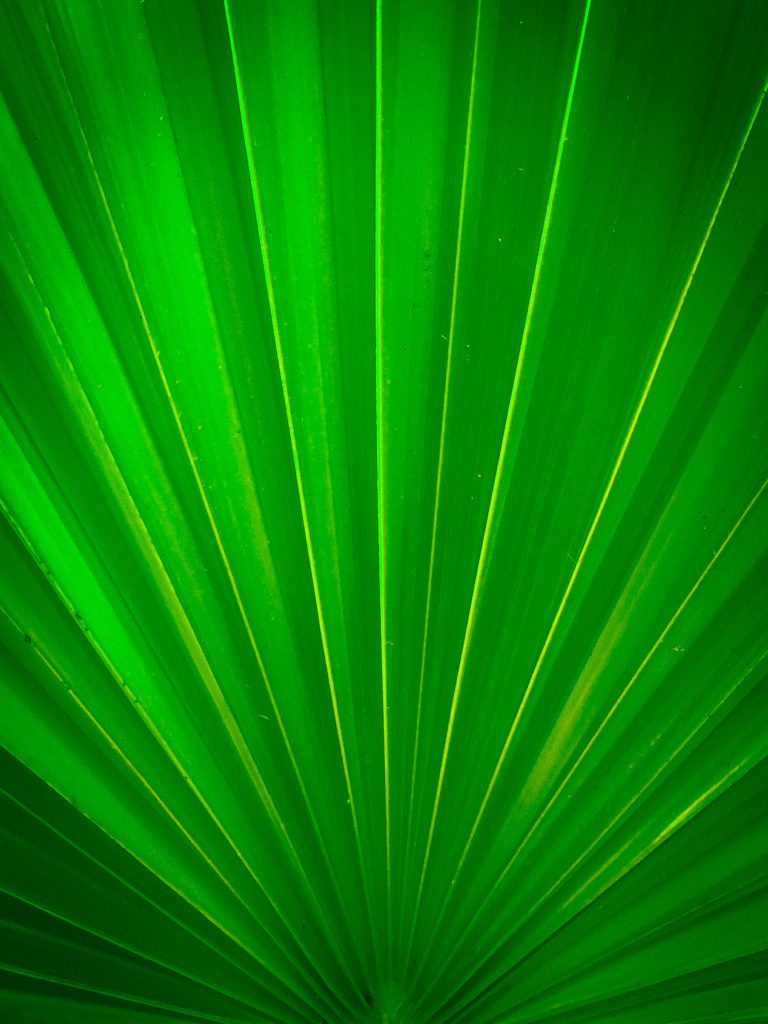
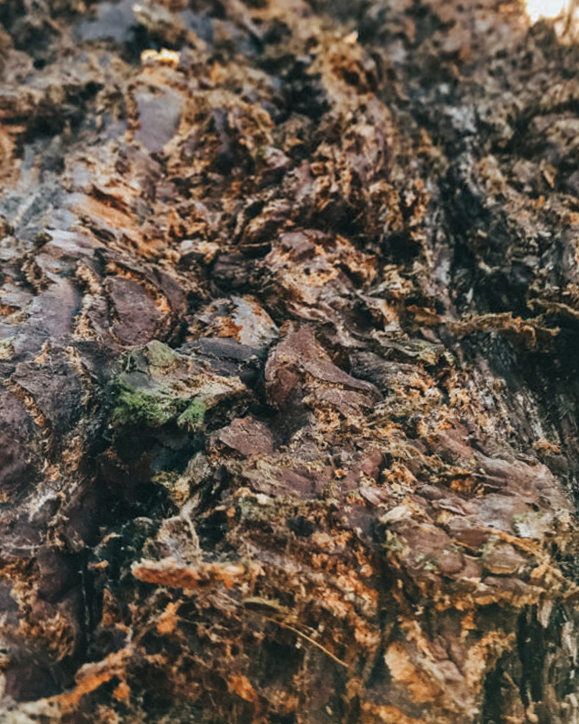
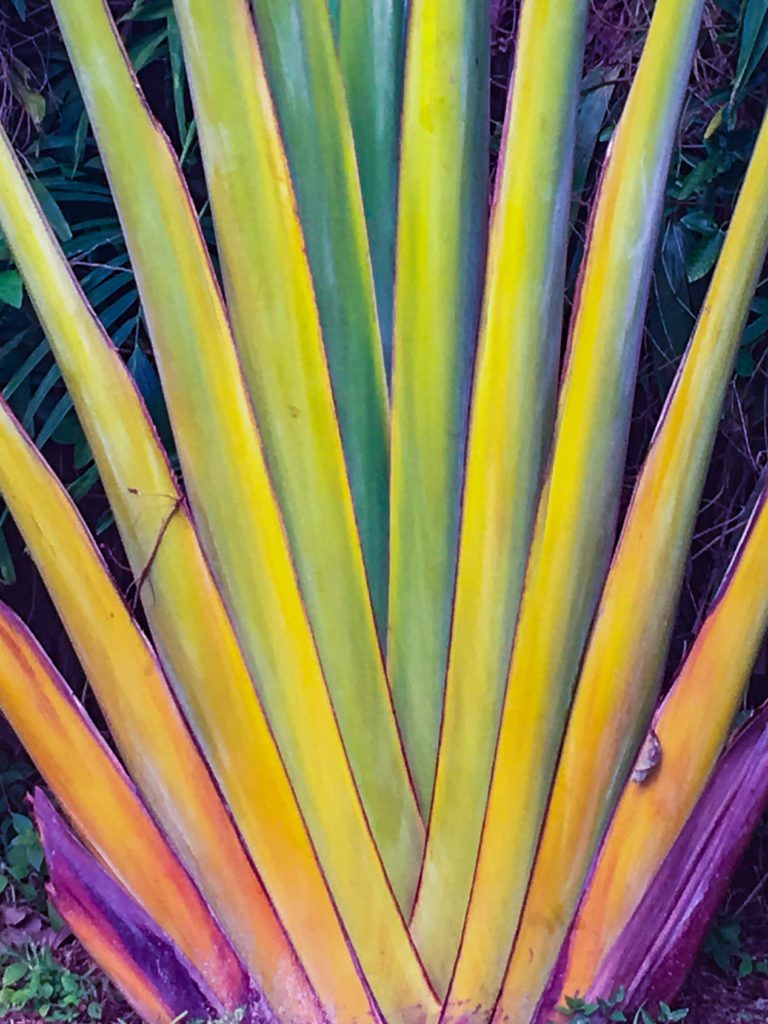
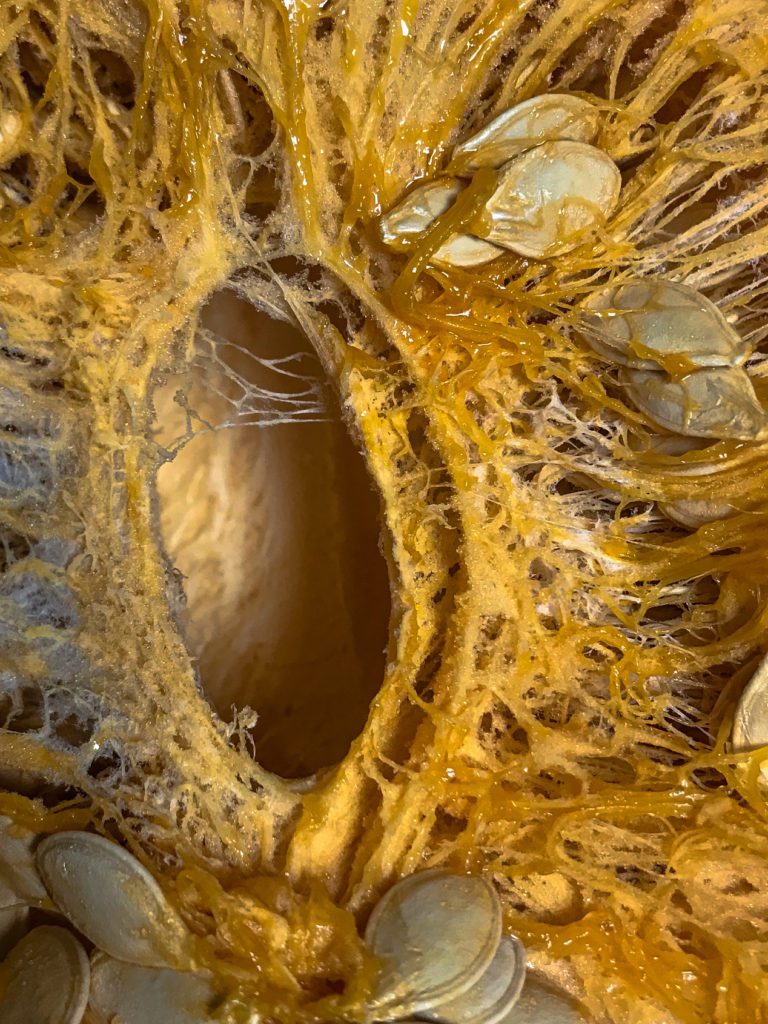

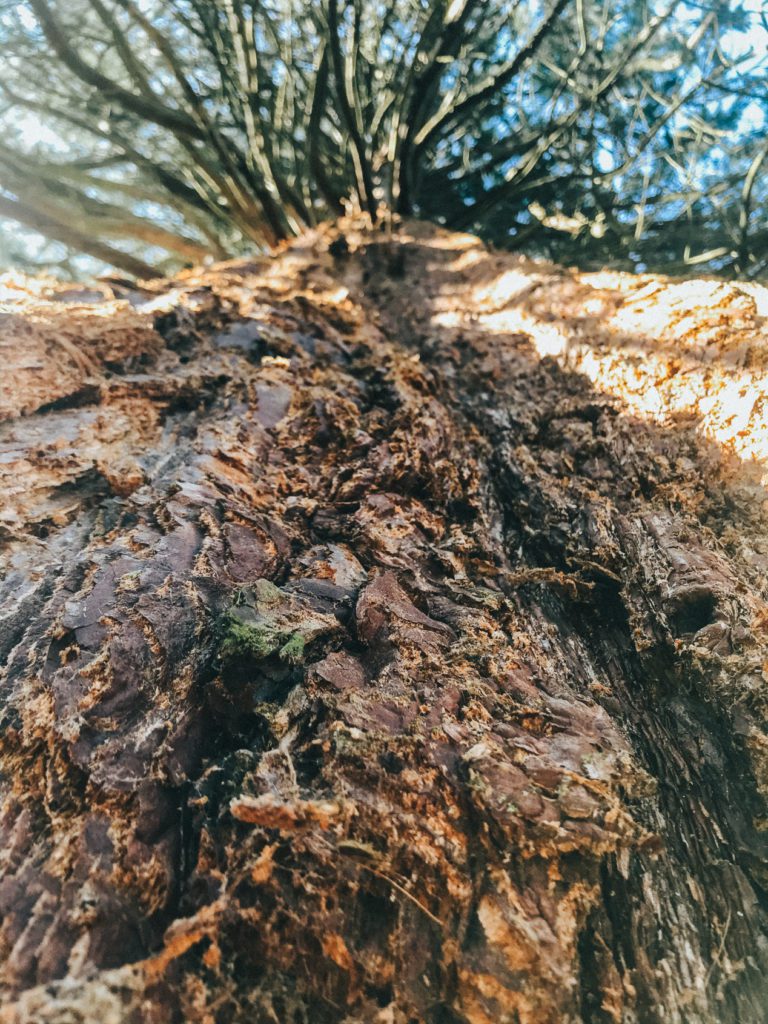


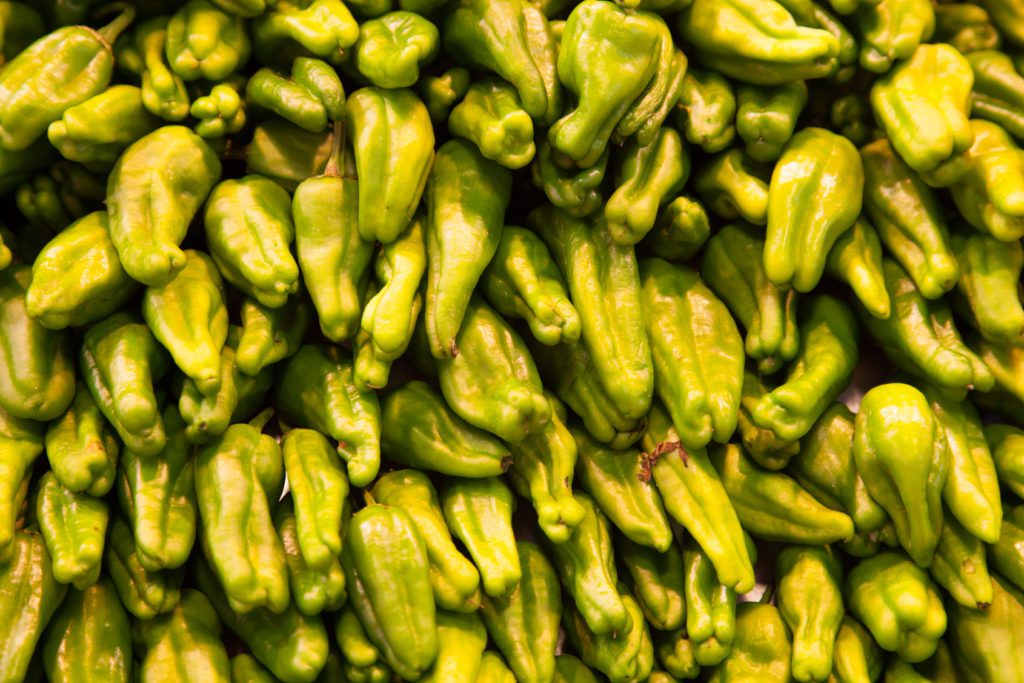

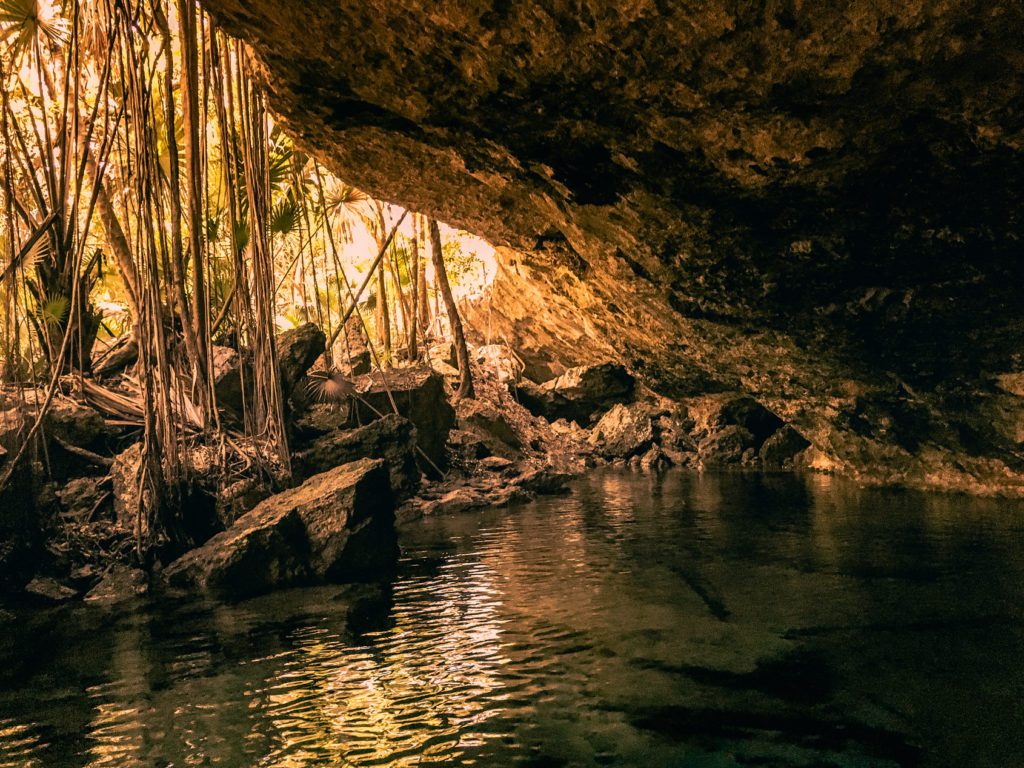
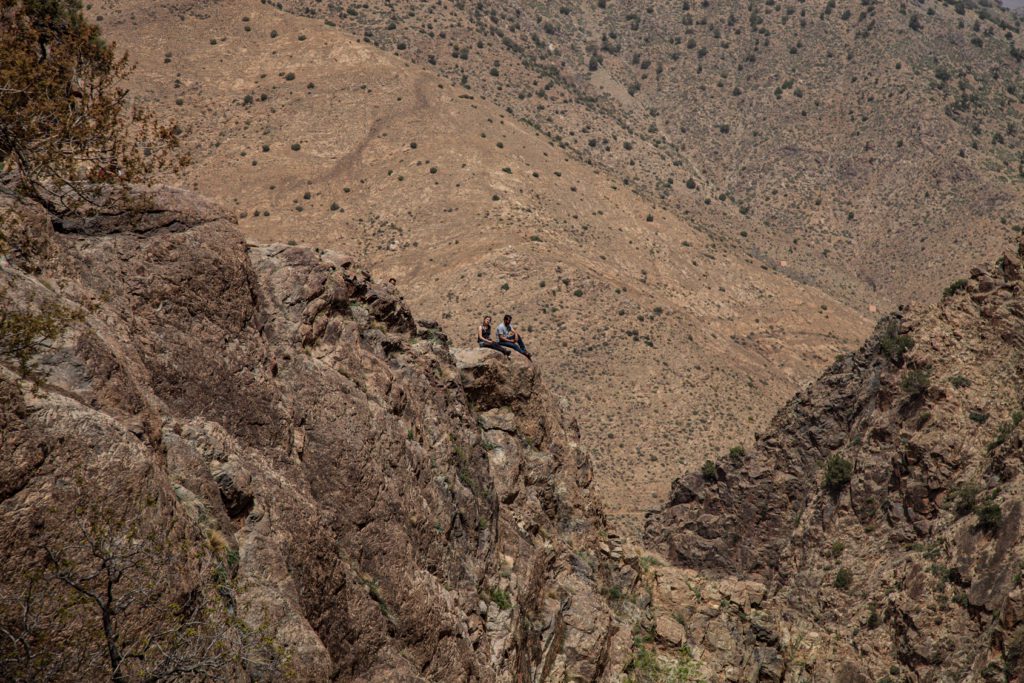
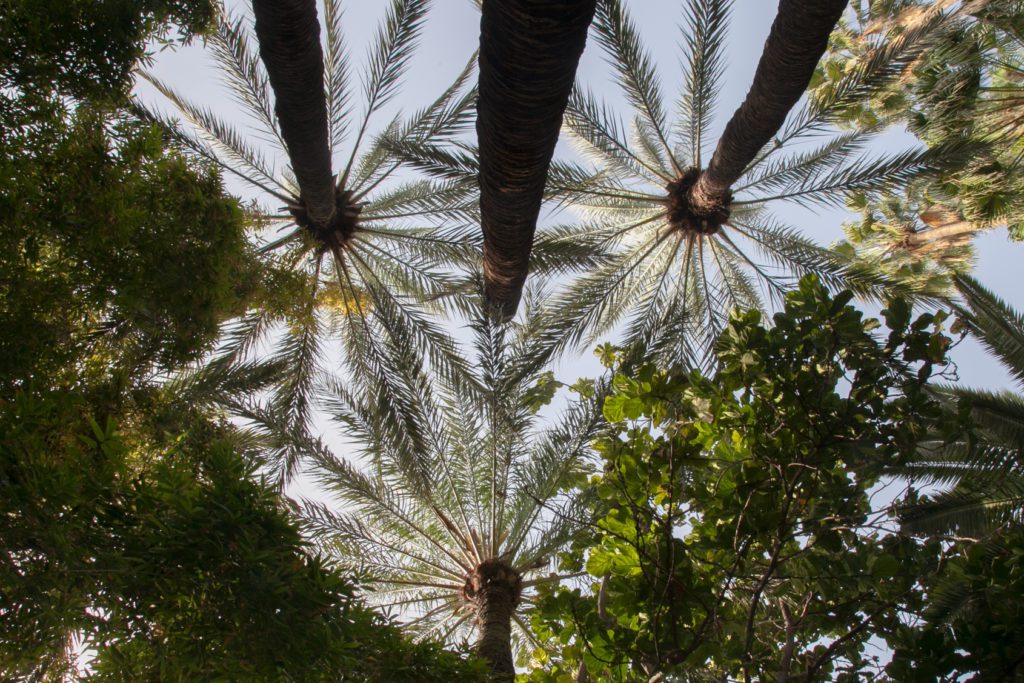

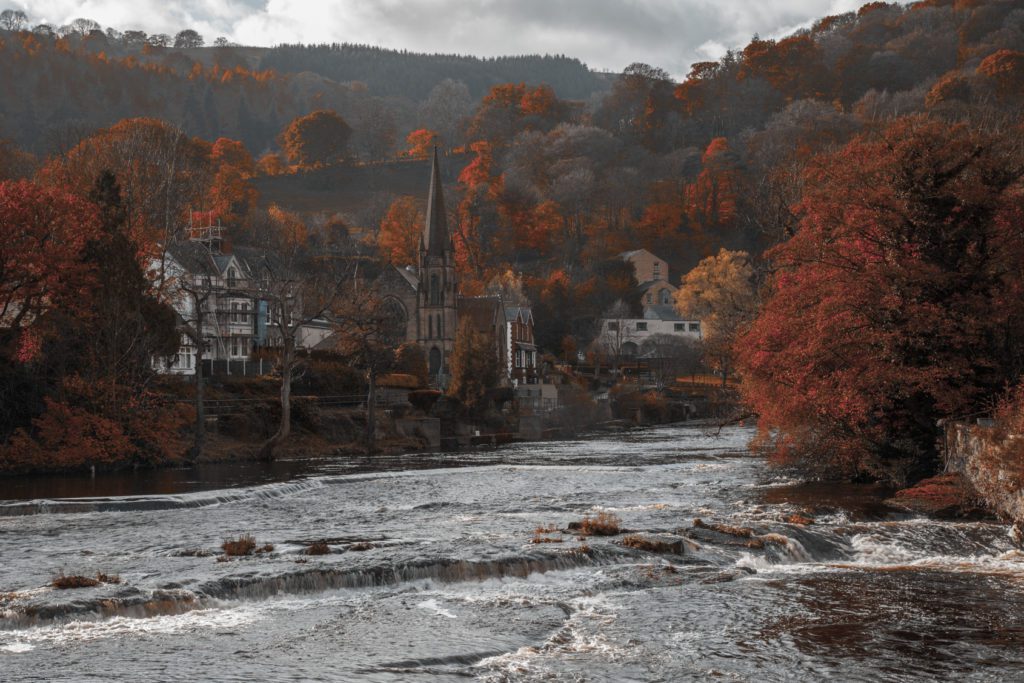
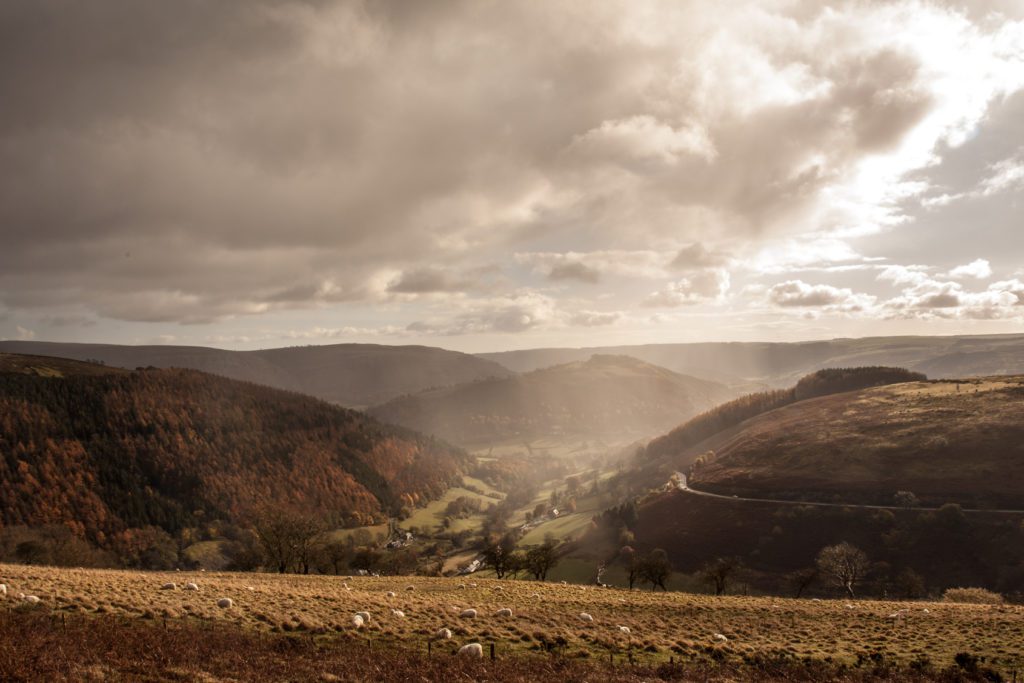
Sorry, the comment form is closed at this time.